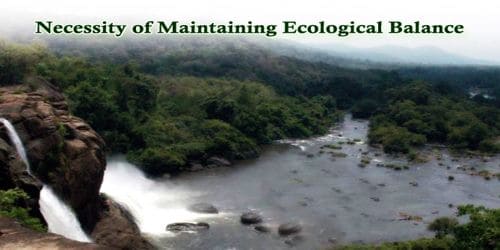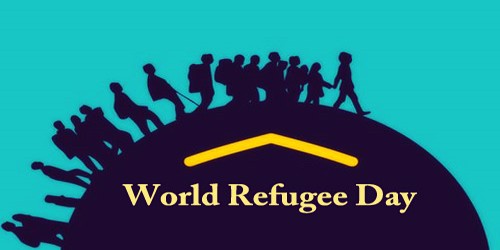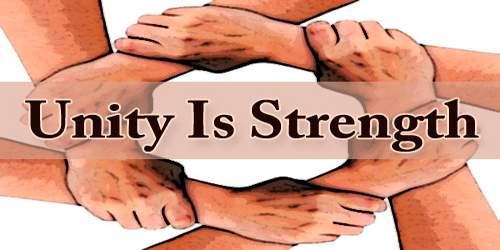The environment refers to the things both natural and man-made like air, water, and land in which people, animals, and plants live. So human beings, animals, plants, air, water, and soil are the main elements of the environment. The natural forces such as storms, cyclones, and earthquakes are also a part of this environment. All the things that make up the environment are interrelated. The way in which people, animals, and plants are related to one another and to their surroundings is known as ecology. The ecological balance brings the existence of the world. Earth’s inhabitants such as human beings, plants, animals and other micro living organisms continue to survive. These species get the conducive environment to multiply and thrive. The world gets to produce sufficient food for all species. The ecosystem is a complex web that links animals, plants and every other life form in the biosphere. All these things hang together. The system is in a steady state of dynamic balance which means that by altering any part of the web one can affect all the other parts. For example, the destruction of forests may have serious ecological consequences on humans and animals. It is the responsibility of human beings to prevent the environment from being spoilt. Human activities influence environmental stability. Tree planting and reduced deforestation rate prevent undesirable climate change. Control of excessive wild animals’ inhabitant maintains desired population growth. Between 1927 and 1987, the Earth’s population increased to 5 billion. By the year 1999, the total population reached 6 billion and it’s estimated that nearly 9 billion people will be living on the Earth in the year 2050. Therefore, a human can contribute positively to create and maintain ecological balance. To make life healthy and comfortable we should keep the environment clean and danger-free. Besides, we should check the cause of the greenhouse effect and plant more and more trees. We should be conscious enough of the negative aspect of the environment.
Necessity of Maintaining Ecological Balance
















